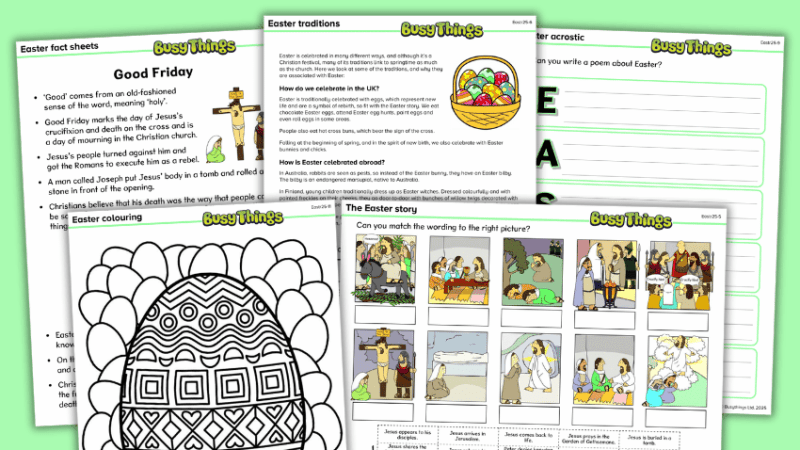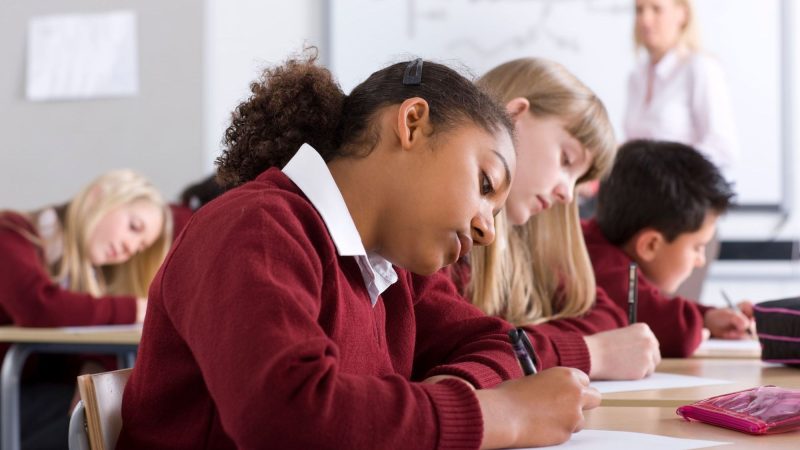Primary maths – How to develop maths vocabulary from EYFS onwards
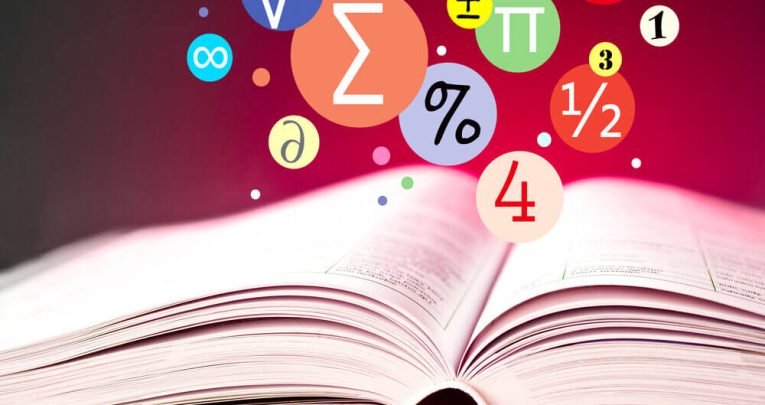
Introducing and developing subject-specific language is key to understanding and communication, argues Lisa Coe…
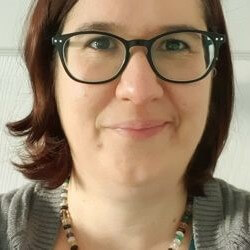
- by Lisa Coe
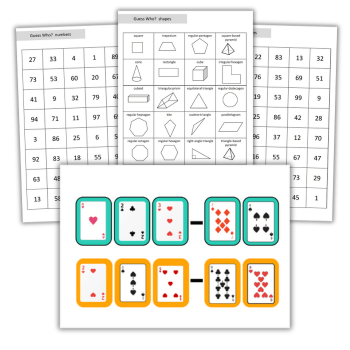
When a visitor comes to Great Yarmouth Primary Academy (GYPA) to look at maths teaching, one of the things they comment on is pupils’ use of mathematical language.
During their June visit, Ofsted noticed this too, and noted that in Early Years Foundation Stage (EYFS) children ‘understand words and phrases such as capacity, cuboid and repeating patterns’.
When I, as maths lead for the Inspiration Trust, talk to pupils about maths I am astounded at how even our youngest learners can use accurate mathematical vocabulary.
Children across the school use the language of maths to describe, reason and explain. But how did we get to the point?
What is mathematical language?
Like all subjects we teach, mathematics comes with its own set of words. Some of these are specific to maths, like cuboid. These words have a clear meaning and need to be taught clearly.
Some are more complicated and have a common and mathematical meaning. Take ‘odd’. In maths, an odd number is one that is not even; it cannot be divided equally into two parts.
Yet even by the time pupils enter school, they will have heard the word odd in different ways: an odd sock, an odd-looking tree. Odd in maths could easily become distorted.
A child could decide ‘8’ looks weird, and so it is odd. Or see the number eight on its own and decide it is odd, like the aforementioned lone sock.
So why does it matter? Why do we place such emphasis on pupils using ‘vertex’ rather than ‘corner’, ‘equation’ alongside ‘expression’ and ‘number sentence’?
Imagine listening to a football commentary without knowing words such as goal, midfield, tackle, foul … Understanding what is going on, being able to follow the progression of the game becomes incredibly difficult. Imagine trying to describe the goal without some of these words: “So the guy moved the ball to another guy, who nearly got caught but managed to get it where it needed to be.”
Trying to follow a description without a shared, technical language becomes vague and confused: you probably know exactly what you mean, but others will not.
It’s the same for a pupil in maths. If they don’t understand the language being used, if they cannot speak mathematically, then they find themselves unable to engage in a lesson or explain their ideas.
If a child does not have the word cuboid, they may resort to common terms like box, or other words like rectangle, which means conversations are not clear.
I’ve seen pupils become frustrated because they are not making themselves understood. It’s not their fault: we need to ensure we give them the language to fully express their ideas.
Start early
One of the key strategies for developing mathematical language at GYPA is simple: start early. Children in EYFS are taught key mathematical language using examples (more on these later) with lots of opportunity to say words and connect them to their own experiences.
Exposure is key here. Adults do not shy away from using accurate language like vertices, and instead use them consistently and encourage pupils to do the same.
Pupils are praised for use and supported to use more accurate language. Encouraging a pupil to ‘say it like a mathematician’ can really give them confidence to use these words.
Experiences provided through continuous provision are vital. The EYFS team at GYPA takes time to plan activities that allow pupils to use the language they have learned in taught segments.
Environments are set up so that maths is everywhere, not just in a maths corner, and all opportunities are taken to encourage maths language, such as ‘part’ and ‘whole’ when taking lunch options.
Immersion is key: we want our pupils to see maths language as everyday language, not something special or scary.
Trending
Teaching dos and don’ts
We know that language needs something to attach to and that’s where examples come in. It’s no use teaching the word sphere without ever showing a child what it looks like.
Teachers at GYPA ensure words are taught with not just one, but lots of examples: large spheres, tiny spheres, different coloured spheres. It’s no use providing one example, repeating the word and hoping pupils simply absorb it.
We also see non-standard examples being used and displayed, particularly when it comes to geometry. It’s refreshing to see a square being displayed oriented differently to the ‘typical’ or cuboids that are long and thin.
This is worth taking the time to think about: do your vocabulary displays or working walls always show typical sizes or orientations, or are you providing opportunities for pupils to connect language and examples more generally?
Similarly, non-examples are really important. It’s often really hard to define a mathematical word without considering what it isn’t. Is it possible to understand odd without even?
Deep understanding comes from knowing what a word does not mean, and this can be particularly useful with words such as odd that can have different meanings.
We all know how excited pupils get about correcting you as a teacher when you proudly announce that the four cubes represent an odd number!
Repeat, revisit, retrieve
One of the great features of a maths lesson at GYPA is the opportunities to ‘reheat’ previous learning. In Year 5, for example, a ‘fast five’ activity allows pupils to revisit previous knowledge from earlier lessons and this is a great opportunity to check and repeat mathematical language.
This does not have to be onerous. ‘Write the factors of 10’ is a simple example where if a child does not understand the word ‘factors’ they cannot accurately answer the question. The word can be repeated across numerous days in different ways:
- Which of these are factors of 10?
- Is nine a factor of 10? Explain why
- Find the missing factor
In this way, pupils are consistently retrieving and using the same word, with the same definition, in varied ways, with minimal teacher time.
The more exposure to a word, the more pupils have a chance to grapple with its meaning, the more likely they are to understand it elsewhere.
The reason this works well for us is the connections made across year groups in terms of mathematical language. Year 5 teachers know that pupils coming to them from Year 4 have met this word before.
The maths lead and the Inspiration Trust have worked hard to ensure that mathematical language is introduced and revisited in subsequent topics and years.
Lifelong impact
What we’ve achieved at GYPA in mathematical vocabulary acquisition is not ground-breaking, nor is it confined only to the language of mathematics.
In fact, many of the suggestions here can, and are, used across the curriculum to ensure language is taught carefully and accurately. The approach recognises the importance of getting mathematical language to ‘stick’, to become embedded in long-term memory, and for pupils to be familiar and comfortable with its use.
Not to mention expanding their communication skills – a useful tool at any stage in life.
Lisa Coe is maths lead at Great Yarmouth Primary Academy, and the Inspiration Trust. Find out more about the trust online at inspirationtrust.org.



